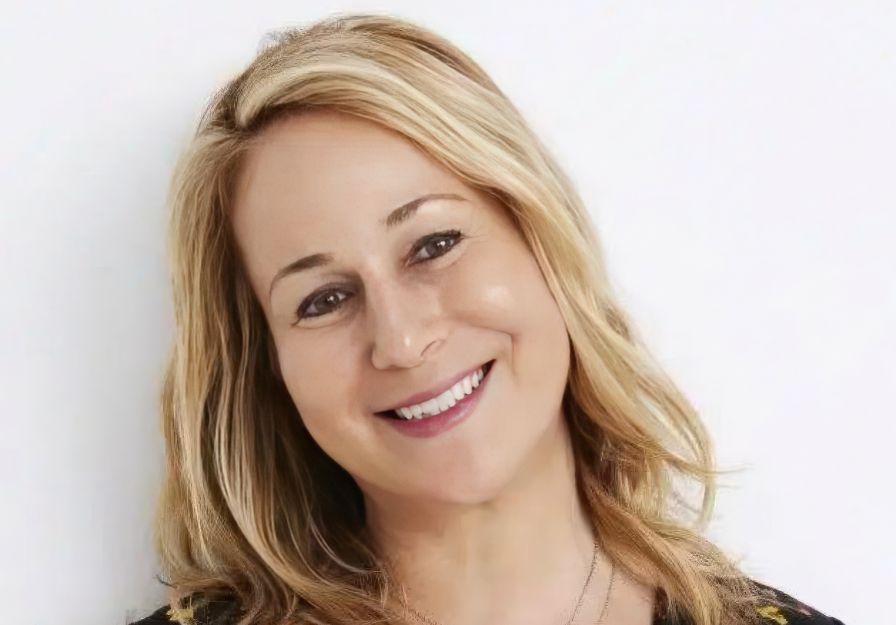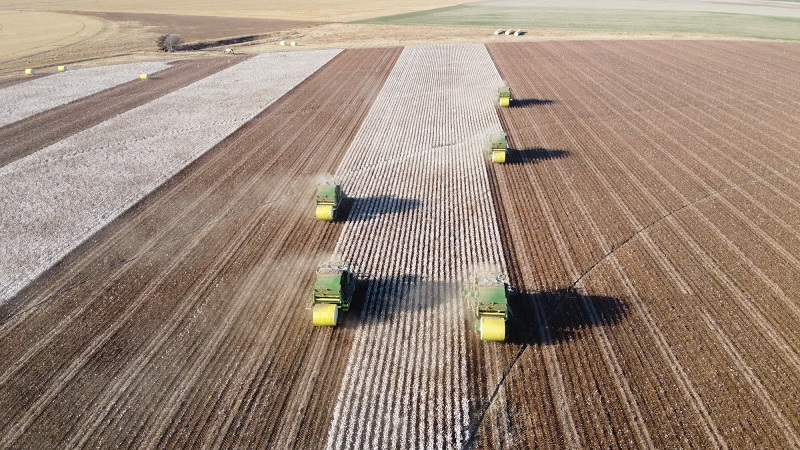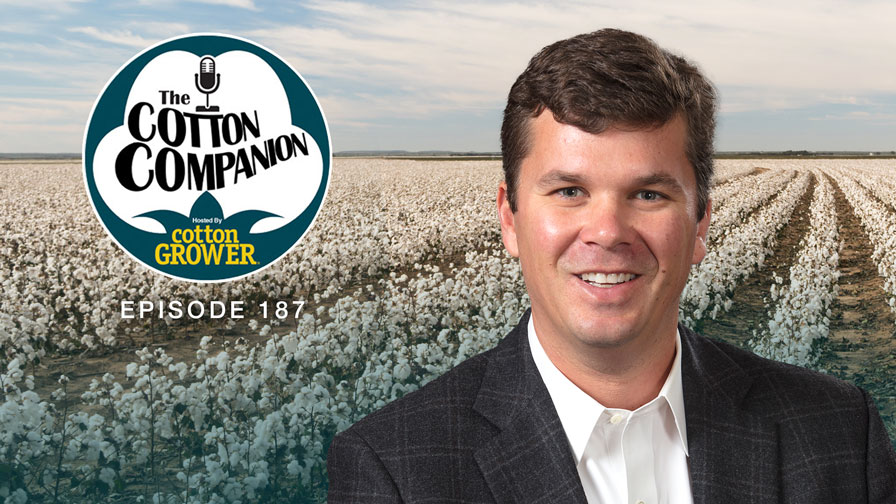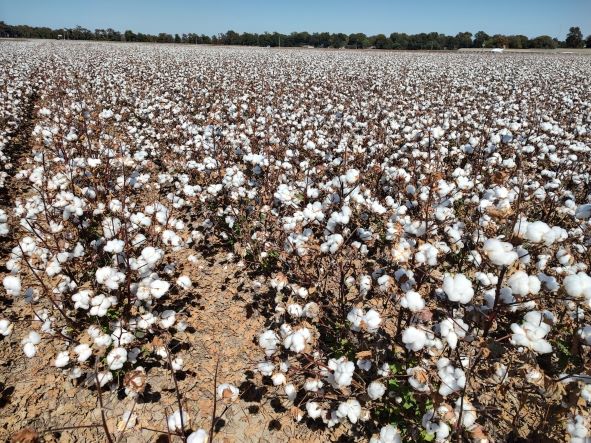2008: A Rough Year for Cotton Merchants
The May issue of Cotton Grower has just gone to press. It’s the one we annually devote to the American Cotton Shippers Association. This year, ACSA’s 85th convention will be held in Chicago May 27-29.
In-coming ACSA President John Dunavant is the cover story and we also have a section on the presidents of the regional associations that fall under the ACSA umbrella.
And then there is a small sidebar on the problems the merchants have faced the past few years. Their problems may be different than yours and mine, but they stem from the same reasons. We didn’t have the space to do the merchants justice, so I’d like to expand on it a little here.
The past year especially has been chaotic for the cotton merchant. We had dollar cotton at one point and 44-cent cotton at another.
Over the years, a properly hedged cotton merchant was able to work with his banker to meet margin calls. Paper profits were good enough on faith to satisfy the bank. But margin call after margin call left merchants on the hook for amounts that banks became uncomfortable with. And rightly so. And those paper profits became just that – profits on paper but, not profits on physical cotton to back it up.
What had been good, solid, disciplined, bank-backed hedging programs for over 100 years became good, solid, disciplined, bank-worried ways for a cotton merchant to go broke in only one.
That became crystal clear when Dallas-based Paul Reinhart Inc. filed for Chapter 11 bankruptcy protection on October 15, 2008.
At the time, it was reported that Reinhart had “unperformed” contracts with approximately 450 farmers and merchants in all cotton-producing states.
Prior to filing, the company said in a press release that it had reached a tentative agreement to sell most of its assets to an unnamed, established cotton merchant that would have protected the interests of the farmers, but that arrangement fell through. To date, it is not publically known who or why.
Reinhart continues to operate as it attempts to fulfill contracts.
Meanwhile, Weil Brothers-Cotton Incorporated of Montgomery, AL, would have been a international cotton merchant for 132 years next year. The operative phrase being “would have been. The company was founded in 1878 and continues to be run by the Weil family.
But Andy Weil, who is president of the company’s U.S. operations, said the company would close in 2010 because “risks have become too great.”
There have been no signs whatsoever that Weil Brothers has been unable to meet financial obligations.
“It’s a very difficult and sad decision, but one we feel is the best,’’ he said. “We’ve seen these risks mounting, especially in this decade. It really came to a head in March (of 2008).’’
In 1991, the Stern and Weil families formed Weil Brothers & Stern Ltd. The Sterns were based in England and had been in the cotton business since 1866. Weil Brothers & Stern Ltd. will also cease operations in 2010.
That’s a combined 276 years in the cotton business that will come to an end in 2010.








